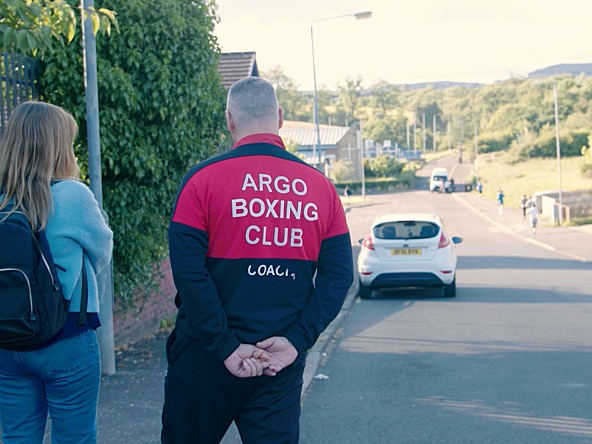OPINION14 March 2024
All MRS websites use cookies to help us improve our services. Any data collected is anonymised. If you continue using this site without accepting cookies you may experience some performance issues. Read about our cookies here.
OPINION14 March 2024
The best way to make sense of culture is through community life, but current discussions of community in the marketing industry feel a long way off from reality, says Hanna Chalmers.

In recent years an overwhelming amount of attention has been paid in the marketing industry to the value that communities or ‘fandoms’ can bring to brands. But we have become too focused on fandoms or fan-based communities at the expense of understanding the importance of all communities in everyday life.
What are communities after all? How do we make sense of the way in which people gather together and form deep connections with each other? What is the relationship between community and the wider culture? We are all witness to the pace at which everyday life changes but we don’t always step back and ask what these changes mean for us as an industry.
Our work for Reach last year investigated these very questions in a wide ranging ethnographic and large-scale quantitative study. We found that the three different types of community that exist, whether they be values driven, local, or fan-based communities are all more important to people than ever. 51% of us in the UK feel that they actively belong to at least one community, with most of those feeling that they actively belong to at least four communities.
And communities, across all the different types, online or offline, give people an important sense of identity and belonging – people rely on them, and actively participate at different moments to reflect their needs. It appears that the notion of community (or communities), as a way of belonging in such a fragmented world, has almost replaced the notion of society.
During the ethnographic phase of the research, we spent time with a young woman who was busy studying for her A-Levels while also being head of youth engagement at a local based community organisation in Bradford. She spoke so eloquently and passionately about the personal fulfilment of working with other young people in Bradford to make it a better place to live. As we chatted, she sat in front of a wall plastered in pictures of her favourite K-Pop artists. When asked about this community she described the different feelings she got from being in a fan community – less about giving and reciprocating and more about joyfulness and escapism.
Belonging to both types of community were equally important to her and gave her a strong sense of belonging and identity.
In addition, we found that the current unsteady and anxiety-fuelled socio-political climate is driving a greater appreciation of the power of community. Whether they are fan-based passion communities, or local communities taking over and running their village pub, they provide people with a much-needed sense of security and belonging, giving people a sense of agency when so much feels out of our control. We saw that communities, online and offline, play a critical role in supporting good mental health and combating feelings of isolation and loneliness.
Community means so much more than just a shared passion or interest. Our study found that for British adults, (n=2026 ) the characteristics of a community are rooted in deeply human needs: togetherness ( 55%), belonging ( 51%), a shared passion or interest ( 46%) and trust ( 46%).
In our industry, in order to understand the multiplicity of cultures that make up contemporary British life you need to be hyper attentive to the constantly evolving nature of community. Culture and community are entwined and interconnected, and the best way to make sense of, and access culture, is through community life. But it must be done in a way that is expressly sensitive and respectful to the needs of that community.
So where do brands fit in?
We saw an expectation that brands and organisations that ‘sell’ to communities contribute to those communities: 68% of people agreed that ‘if brands are going to help us, they need to understand communities from the inside out’. Years of decline in public spending mean people understand the gaps that need to be filled in provision – and they are open to brands (the private sector) meaningfully engaging in the things communities need and care about.
But currently discussions of community in our industry feel a long way off from community life as described and lived by the people in our study. It feels like a buzz word that has lost its purchase.
Community engagement provides hope, optimism, agency – and for fan communities enjoyment, escapism and a way of combating feelings of isolation or loneliness. They are a vital component of everyday life. The constantly evolving nature of community life in the UK – wherever and however they exist – tell us so much about who we are.
Hanna Chalmers is founder at The Culture Studio
0 Comments